Do You Really Need 8 Glasses of Water?
The widely touted "8 glasses of water a day" rule has been a staple of health advice for decades, yet its origins are surprisingly murky. This guideline is often repeated by health enthusiasts, wellness blogs, and even some healthcare professionals, but where did it come from? Some suggest it dates back to a 1945 recommendation by the U.S. National Research Council, which stated that a suitable allowance of water for adults is 2.5 liters a day. However, the report also noted that much of this quantity is contained in prepared foods. Over time, this nuanced advice morphed into the simplified and rigid "8x8" rule, urging people to drink eight 8-ounce glasses of water daily. As we delve deeper into this topic, we will uncover why this rule might be more myth than fact, providing insights that challenge conventional wisdom and encourage a more personalized approach to hydration.
1. Debunking the Science: Misinterpretations and Misapplications
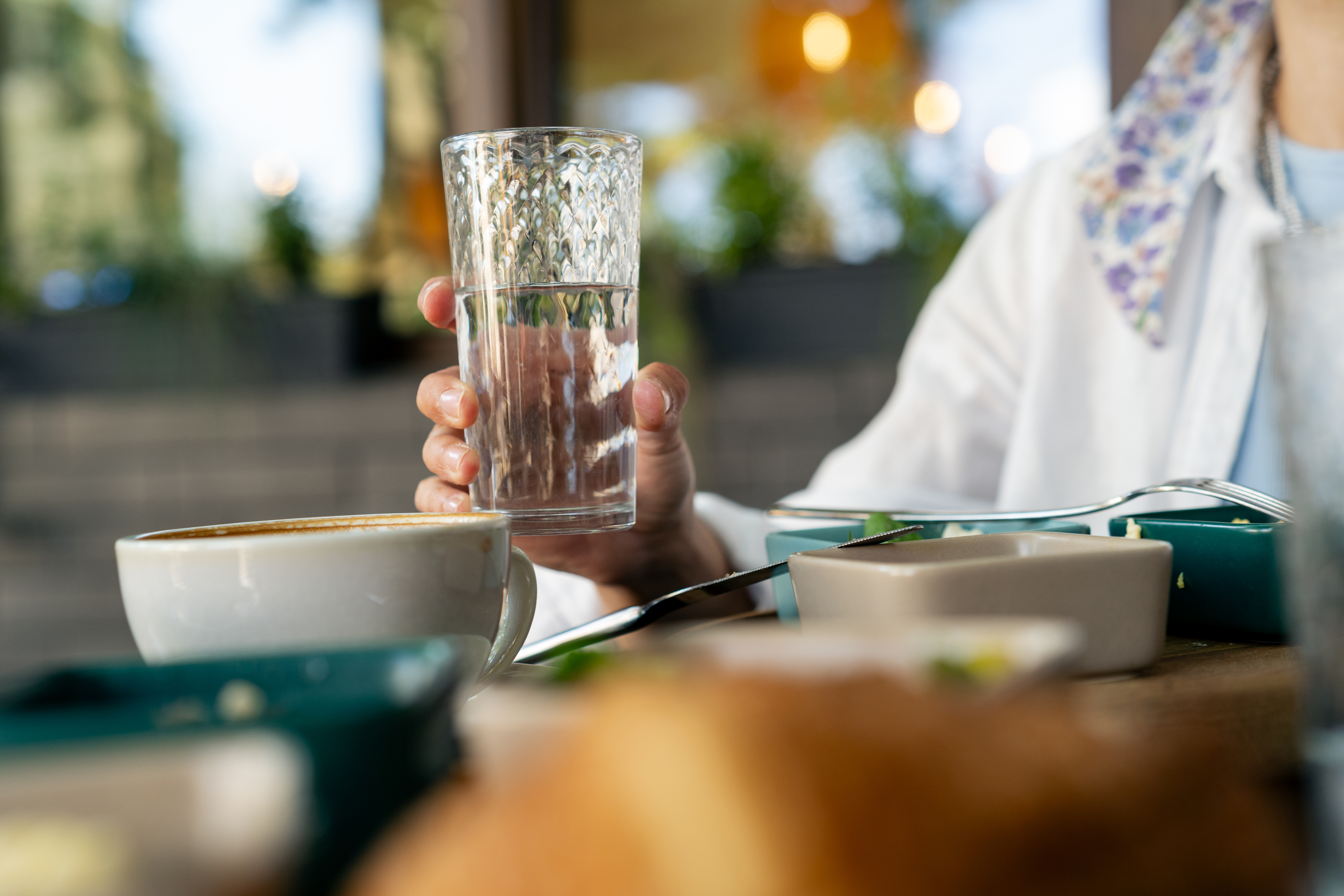
The 8-glass rule is often cited without scientific backing, largely due to misinterpretations of earlier studies. While hydration is undeniably crucial for health, the blanket prescription of eight glasses doesn't account for individual variability in water needs. Scientific studies have shown that factors such as body weight, climate, physical activity, and diet significantly influence hydration requirements. For instance, a person living in a hot climate or engaging in intense physical activity may require more water than someone in cooler environments with a sedentary lifestyle. Thus, the one-size-fits-all approach of the 8-glass rule fails to accommodate these diverse needs, highlighting the importance of personalized hydration strategies.
2. The Role of Food: Eating Your Way to Hydration
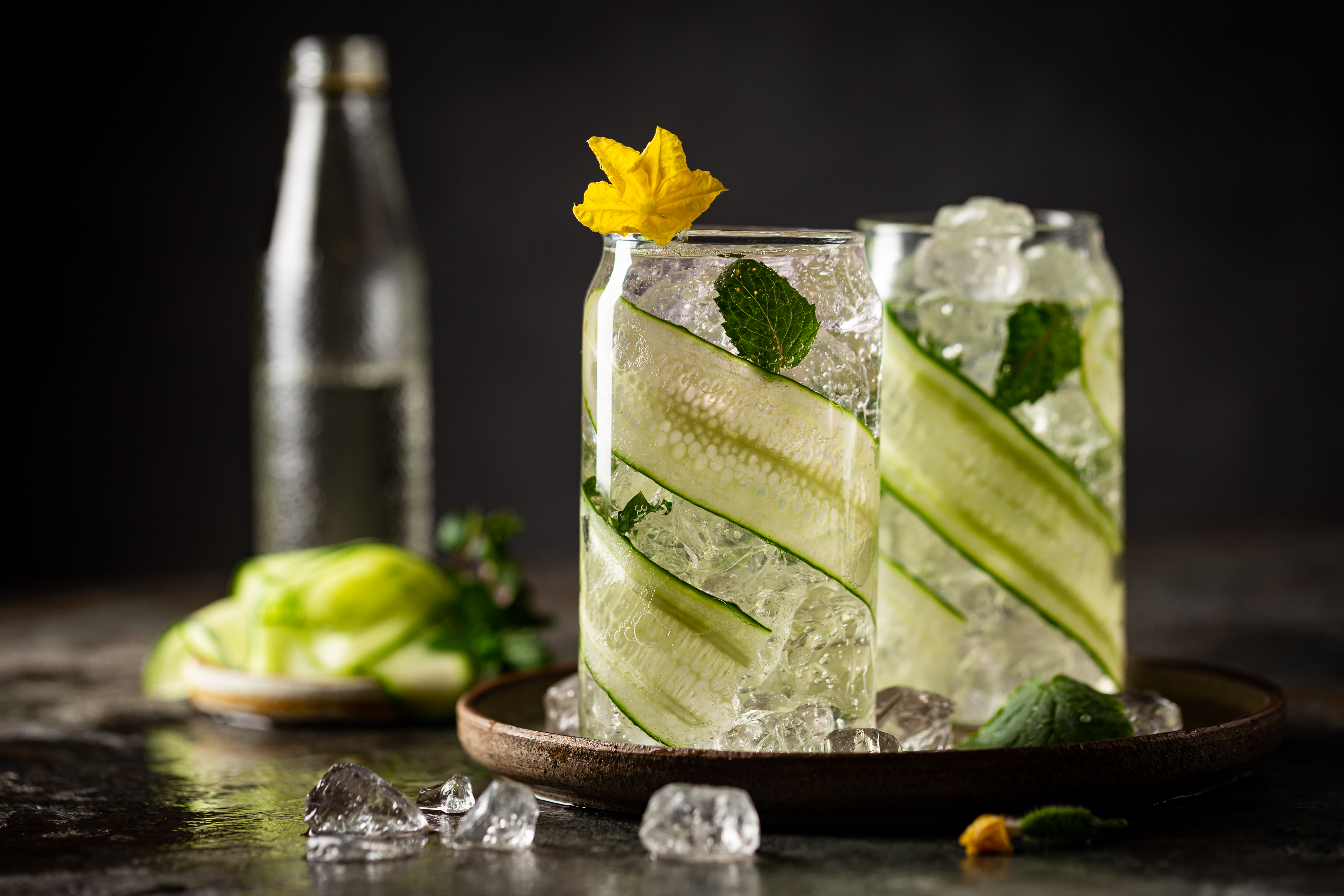
One often overlooked aspect of hydration is the significant contribution of food to daily water intake. Fruits and vegetables, such as cucumbers, tomatoes, and watermelon, boast high water content and can substantially contribute to meeting hydration needs. In fact, studies suggest that approximately 20–30% of our daily fluid intake comes from food. This means that a diet rich in water-dense foods can reduce the need for additional fluid consumption. Understanding the role of diet in hydration not only challenges the necessity of the 8-glass rule but also emphasizes the importance of a balanced diet in maintaining optimal hydration levels.
3. The Body's Natural Indicators: Trusting Thirst and Urine Color

Our bodies possess sophisticated mechanisms to regulate hydration, primarily through the sensation of thirst and urine color. Thirst is a natural signal indicating the need for fluid intake, while the color of urine can serve as a reliable indicator of hydration status. Pale yellow urine typically signifies adequate hydration, whereas darker urine may indicate the need for more fluids. These biological cues suggest that listening to one's body may be a more effective approach to hydration than adhering to arbitrary guidelines. By focusing on these natural indicators, individuals can better tailor their fluid intake to their unique physiological needs.
4. Overhydration Risks: When Too Much Water Becomes Dangerous

While dehydration is a well-known concern, overhydration, or hyponatremia, poses its own health risks. Consuming excessive amounts of water can dilute sodium levels in the blood, leading to a potentially life-threatening condition. Symptoms of hyponatremia include nausea, headache, confusion, and in severe cases, seizures or coma. This underscores the importance of balanced hydration, where the focus should be on adequate, not excessive, water consumption. The 8-glass rule, when followed indiscriminately, can inadvertently encourage overhydration, especially in individuals who already receive sufficient fluids from food and other beverages.
5. Individual Needs: Factors Influencing Personal Hydration Requirements
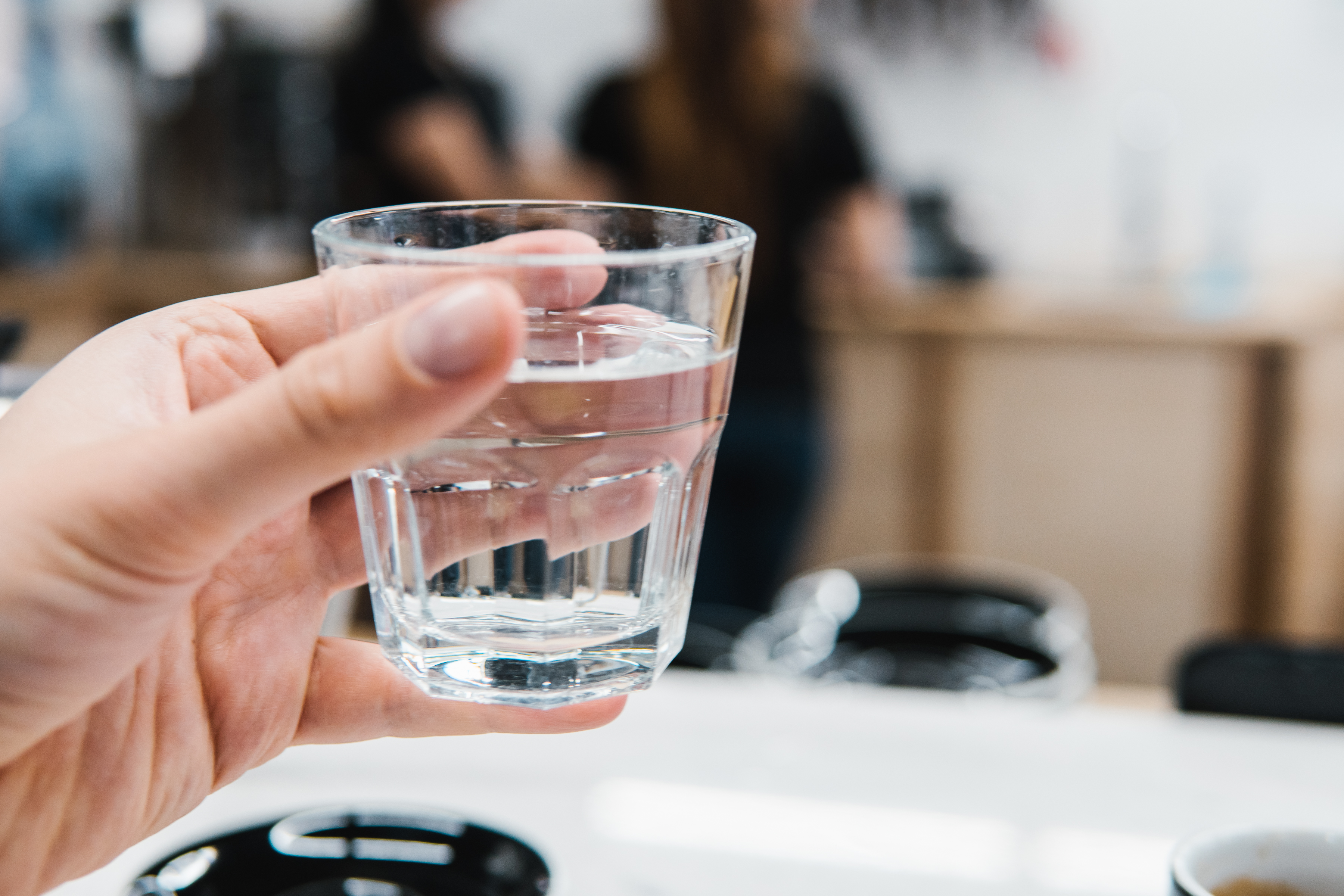
Hydration needs are inherently personal, influenced by a myriad of factors including age, gender, health status, and lifestyle. For example, athletes or individuals with certain medical conditions may require more water to compensate for fluid loss through sweat or medication-induced dehydration. Similarly, older adults may have a diminished sense of thirst, necessitating more conscious efforts to maintain hydration. Recognizing these individual differences is crucial in moving away from generalized guidelines and towards more tailored hydration strategies that reflect personal health and lifestyle needs.
6. The Impact of Climate: How Environment Affects Hydration
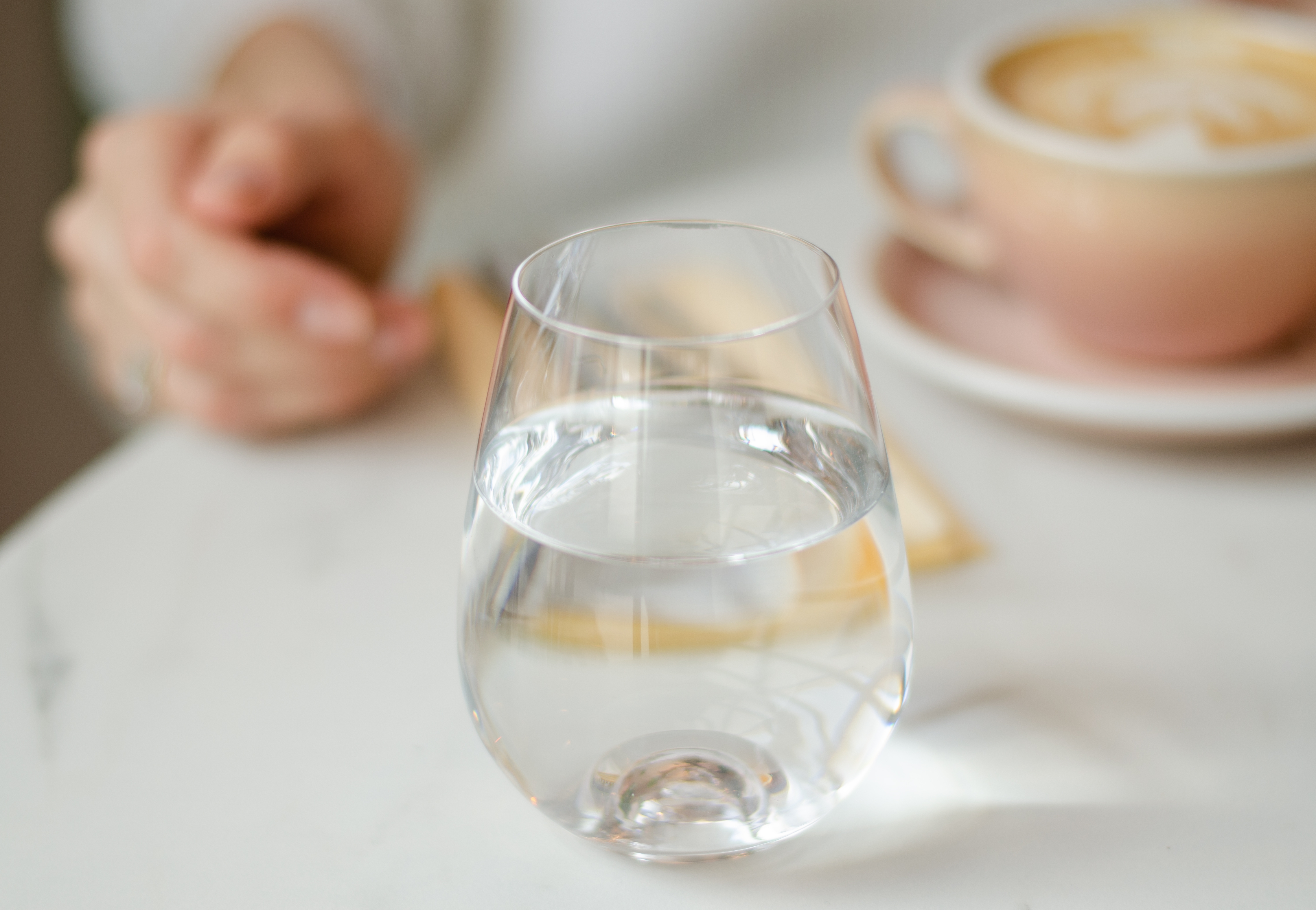
Environmental conditions play a significant role in determining hydration needs. In hot and humid climates, the body loses more water through sweat, increasing the demand for fluids. Conversely, in colder climates, the body might lose fluids through respiratory moisture loss. Altitude is another factor; at higher elevations, increased respiration rates can lead to greater fluid loss. Understanding the impact of climate on hydration can help individuals adjust their fluid intake accordingly, ensuring they remain well-hydrated regardless of environmental conditions. This adaptability further challenges the rigid 8-glass rule, advocating for a more dynamic approach to hydration.
7. Exercise and Hydration: Balancing Fluid Loss and Intake
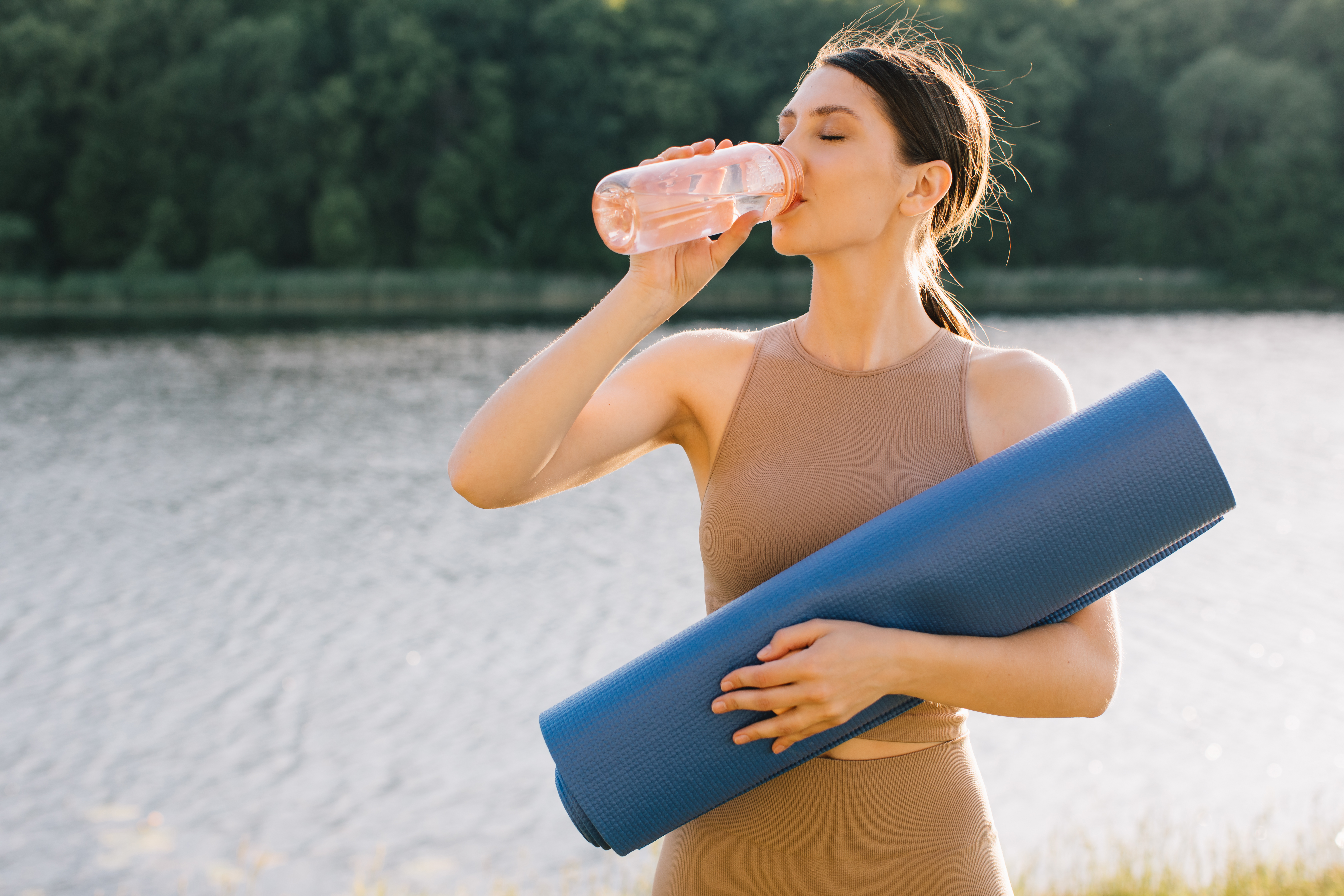
Physical activity significantly influences hydration needs, as exercise leads to fluid loss through sweat. The intensity and duration of exercise determine the extent of fluid loss, with longer or more vigorous activities requiring greater replenishment. Athletes are often advised to monitor their fluid intake closely, using strategies such as weighing themselves before and after exercise to gauge fluid loss. This highlights the inadequacy of the 8-glass rule for active individuals, as their hydration needs fluctuate with their activity levels. Tailoring fluid intake to match exercise demands is essential for maintaining optimal performance and preventing dehydration.
8. Beverage Choices: Beyond Water for Hydration

While water is the quintessential hydrating beverage, other drinks can also contribute to fluid intake. Herbal teas, milk, and even coffee and tea, in moderate amounts, can aid hydration. These beverages not only provide fluids but also offer additional nutrients and health benefits. For instance, milk contains electrolytes and protein, making it an effective post-exercise recovery drink. The inclusion of diverse beverages in one's diet can make meeting hydration needs more enjoyable and less monotonous, challenging the notion that only plain water counts towards daily fluid intake.
9. The Psychological Aspect: Mindful Hydration Practices

Hydration is not solely a physiological process; it also involves psychological factors. Mindful hydration practices encourage individuals to pay attention to their body's signals and drink in response to thirst rather than habit or external cues. This approach fosters a healthier relationship with fluid consumption, reducing the likelihood of overhydration or dehydration. Mindfulness can also involve savoring the act of drinking, appreciating the refreshment and nourishment it provides. By integrating mindfulness into hydration habits, individuals can better attune to their body's needs and move away from rigid rules like the 8-glass guideline.
10. The Economic and Environmental Considerations of Bottled Water
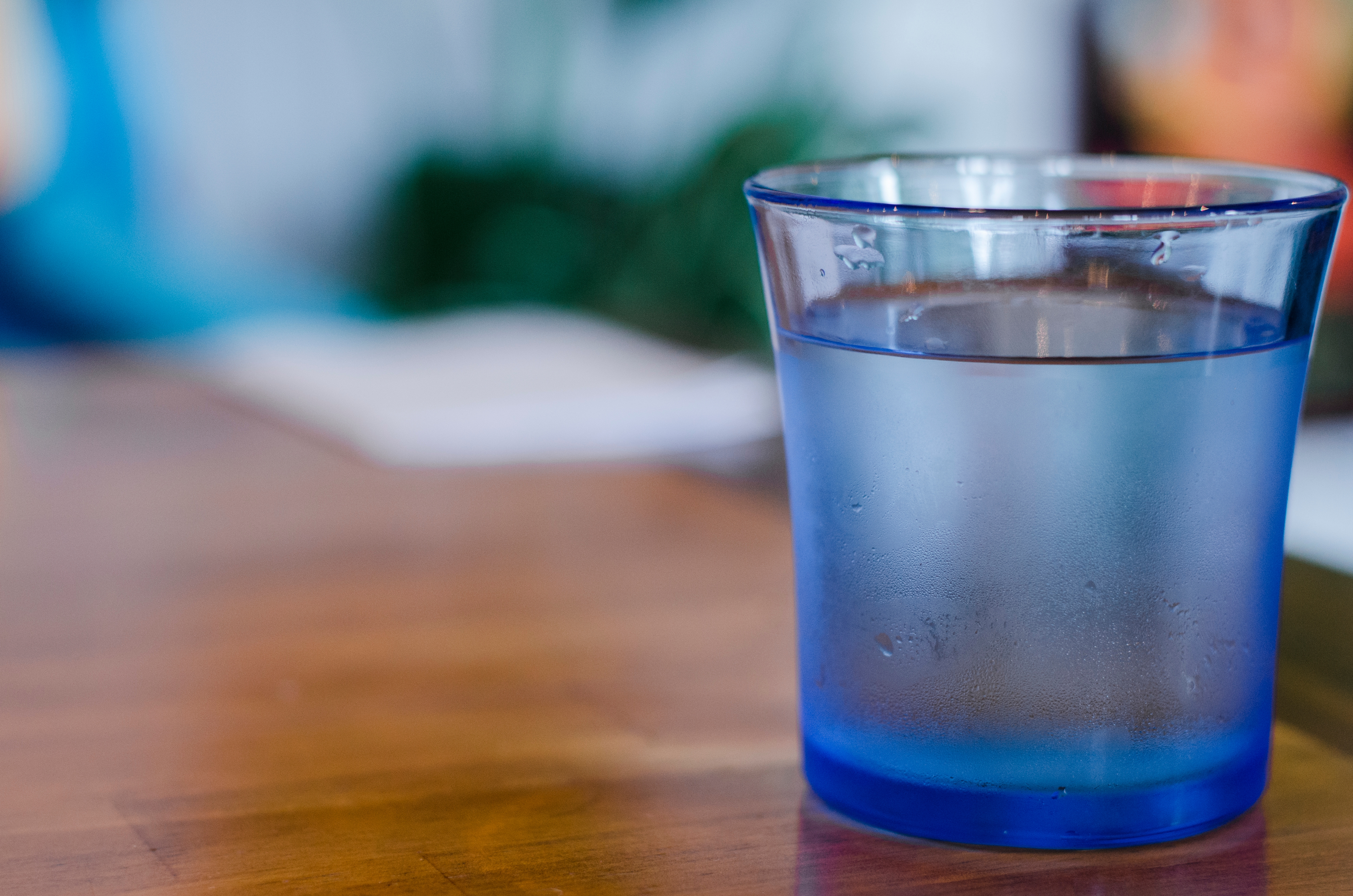
The popularity of the 8-glass rule has fueled the bottled water industry, leading to significant economic and environmental impacts. Consumers often purchase bottled water for convenience, contributing to plastic waste and environmental pollution. Moreover, the cost of bottled water can add up, posing a financial burden for some. Encouraging tap water consumption, where safe, or using reusable water bottles can mitigate these issues. By reevaluating the necessity of the 8-glass rule and promoting sustainable hydration practices, individuals can reduce their environmental footprint while still meeting their hydration needs.
Rethinking Hydration for a Healthier Lifestyle

The exploration of the 8-glass rule reveals that hydration is a complex and individualized process, far from the simplistic guidelines often promoted. By understanding the factors that influence water needs, from diet and climate to physical activity and personal health, individuals can develop a more nuanced approach to hydration. Emphasizing the body's natural signals, such as thirst and urine color, encourages a more intuitive and responsive method of maintaining fluid balance. As we move away from the myth of the 8-glass rule, we pave the way for healthier, more sustainable hydration practices that align with our unique lifestyles and environmental considerations.